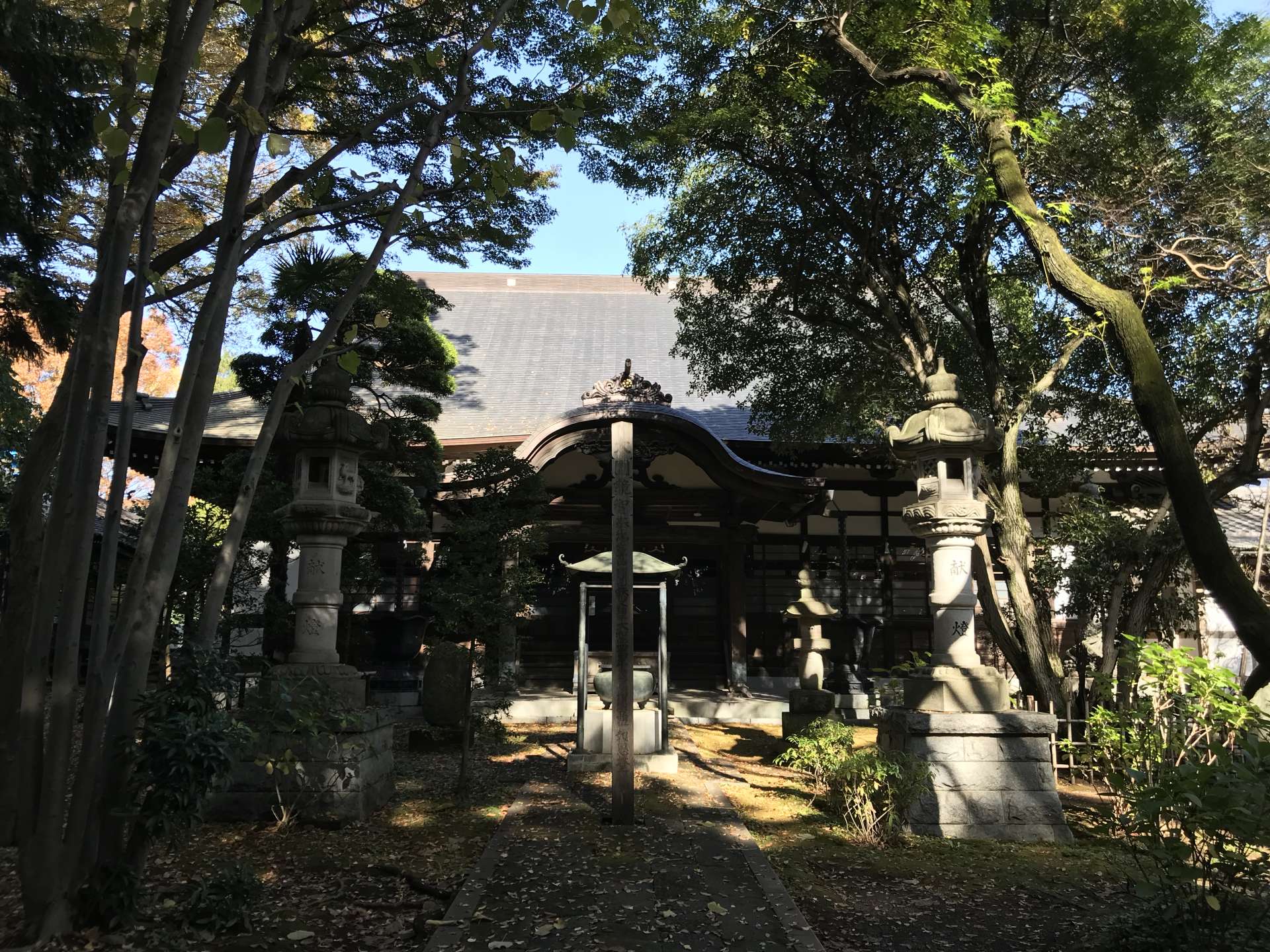
Verified [Verified] denotes information that has been published with confirmation of its owing parties.
Senryuji Temple (Komae City, Tokyo)
It is said to have been built in the year 765, and is the most historical spot in Komae.
This lushly green temple in Komae City, Tokyo, was founded in 765, the first year of the Tenpyo Jingo Era. Although the temple is located just a short distance from Komae Station, the grounds are lushly covered with greenery, and the natural scenery is rich with cherry blossoms, fresh greenery, and autumn leaves, making it possible to experience the four seasons.
According to legend, Senryuji Temple was built here by Rōben, the monk who founded Todaiji Temple, to pray for rain. The temple was originally founded as a temple of the Hoso and Kegon sects, but was converted to the Tendai sect in the Heian period. Although the temple once fell into decline, it was restored during the Warring States period as a center for Zen meditation practice of the Soto sect. In the late Edo period, the temple was widely introduced in "Edo Meisho Zue" and "Shishin Chimeiroku", and has become the most historical spot in the Komae area.
The temple grounds are dotted with a rare two-story bell tower and a gate reconstructed in Ansei 6 (1859). The main hall, rebuilt in Hoei 3 (1706), is the oldest structure in Komae City. Benzaiten Pond, which is said to have sprung up when Rōben prayed for rain, is still preserved right next to the temple grounds.
Highlights
-
The temple is said to have been founded in 765 by Rōben, the founder of Todaiji Temple.
-
The main hall, the oldest building in the city, and other historic buildings line the grounds.
-
The grounds of the temple are lush with greenery, allowing visitors to feel nature while visiting the temple.
Photos
-
![The main hall was rebuilt in Hoei 3 (1706) and is the oldest remaining building in the city.]()
The main hall was rebuilt in Hoei 3 (1706) and is the oldest remaining building in the city.
-
![The gate was restored to its current appearance in 2007.]()
The gate was restored to its current appearance in 2007.
-
![Benzaiten Pond, which is said to have sprung up after the monk Rōben prayed for rain]()
Benzaiten Pond, which is said to have sprung up after the monk Rōben prayed for rain
-
![Rare two-tiered bell tower can be seen.]()
Rare two-tiered bell tower can be seen.
Official FAQs
Frequently Asked Questions have been vetted and answered directly by each listing.
Q
Do you have pamphlets in other languages? (If so, please also inform us of the supported languages)
Sorry, we don’t.
Q
Do you have temple’s red ink stamps?
If you bring your own red stamp book, we can accommodate you. The fee is 300 yen.
Red stamp books are not available for sale. *When the person in charge is not available, we may not be able to respond to your request.
Q
Is parking available?
This is for parishioners and guests, so please refrain from visiting only.
Q
Are coin lockers available?
Not available.
Reviews
Details
- Name in Japanese
- 泉龍寺
- Postal Code
- 201-0013
- Address
- 1-6-1 Motoizumi, Komae City, Tokyo
- Telephone
- 03-3489-6778
- Closed
- Open every day
- Hours
- Gates open 7:30am, Gates close 5:00pm *Free to enter and leave the precincts while the gate is open.
- Admission
- Free
- Directions
- Approximately 1 minute walk from Odakyu Komae Station
- Official Website
- Official Website (Japanese)




